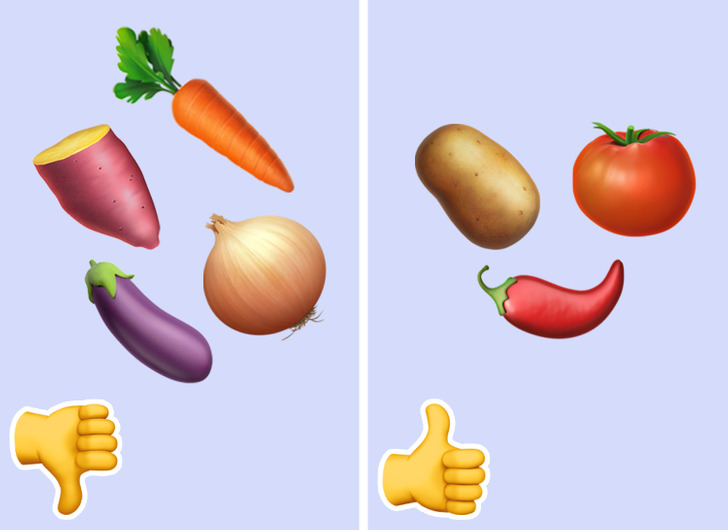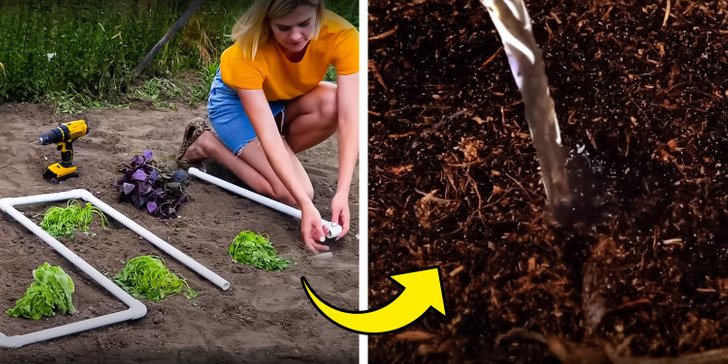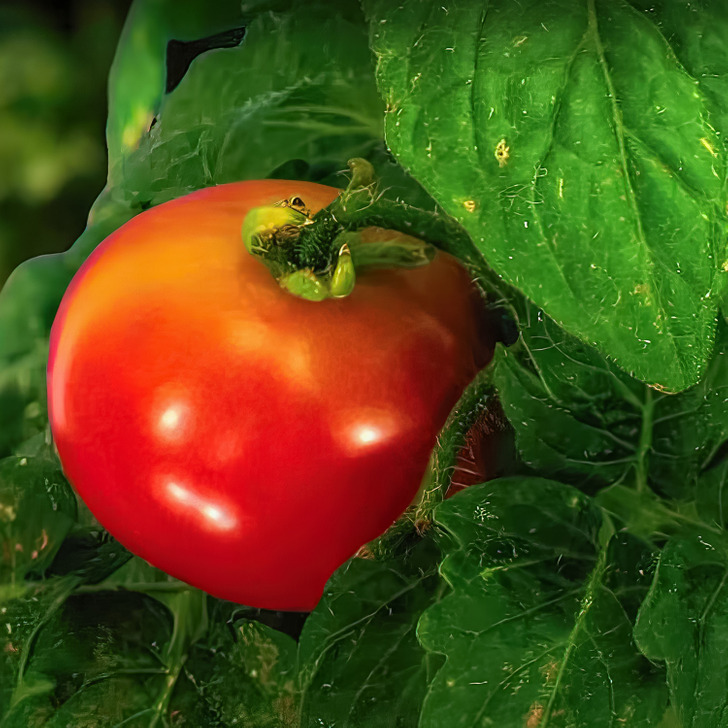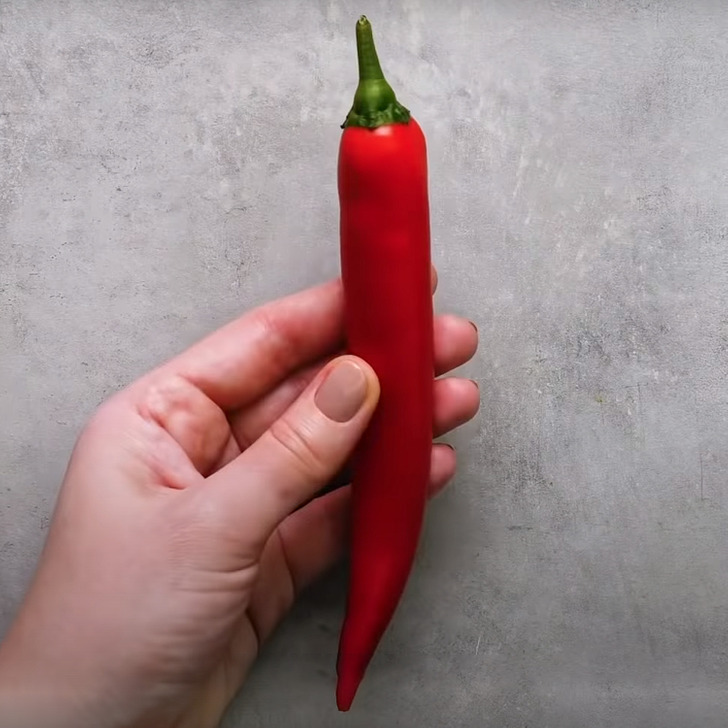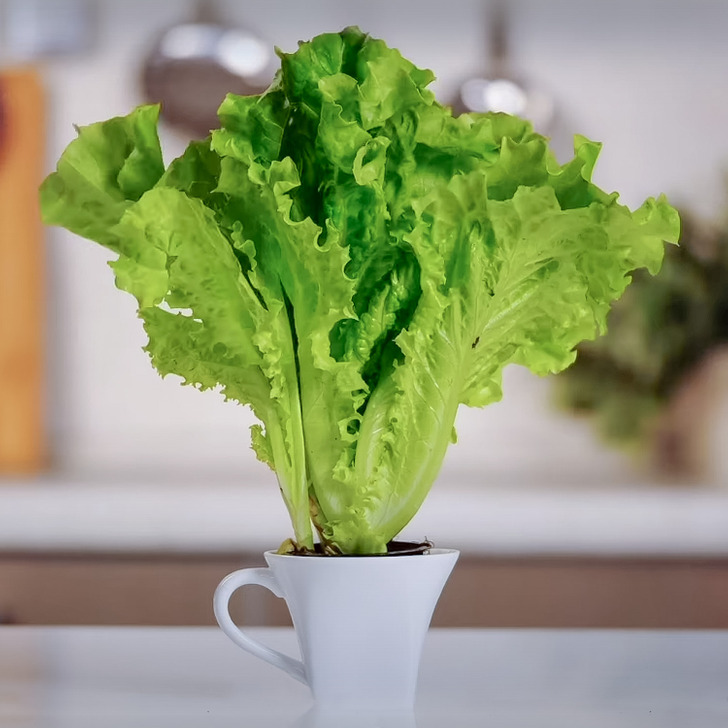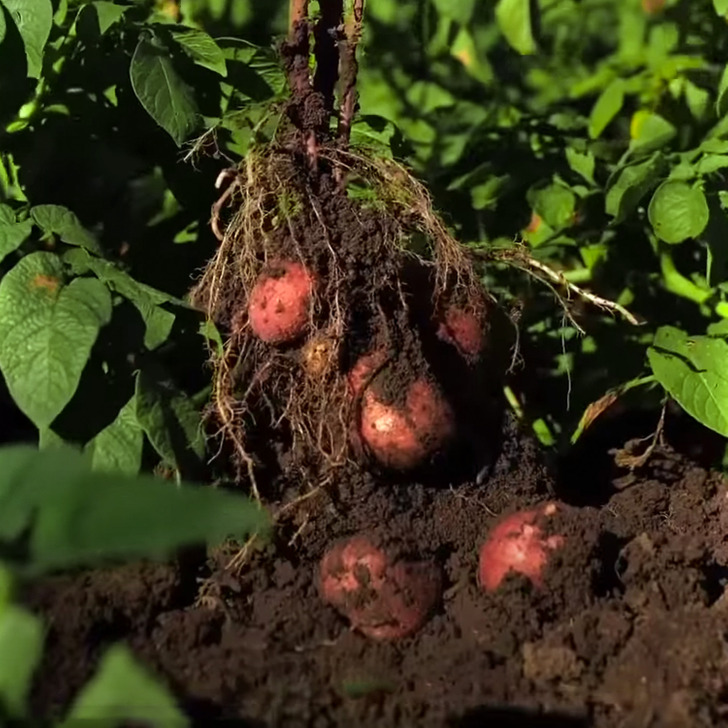How to Grow Vegetables at Home
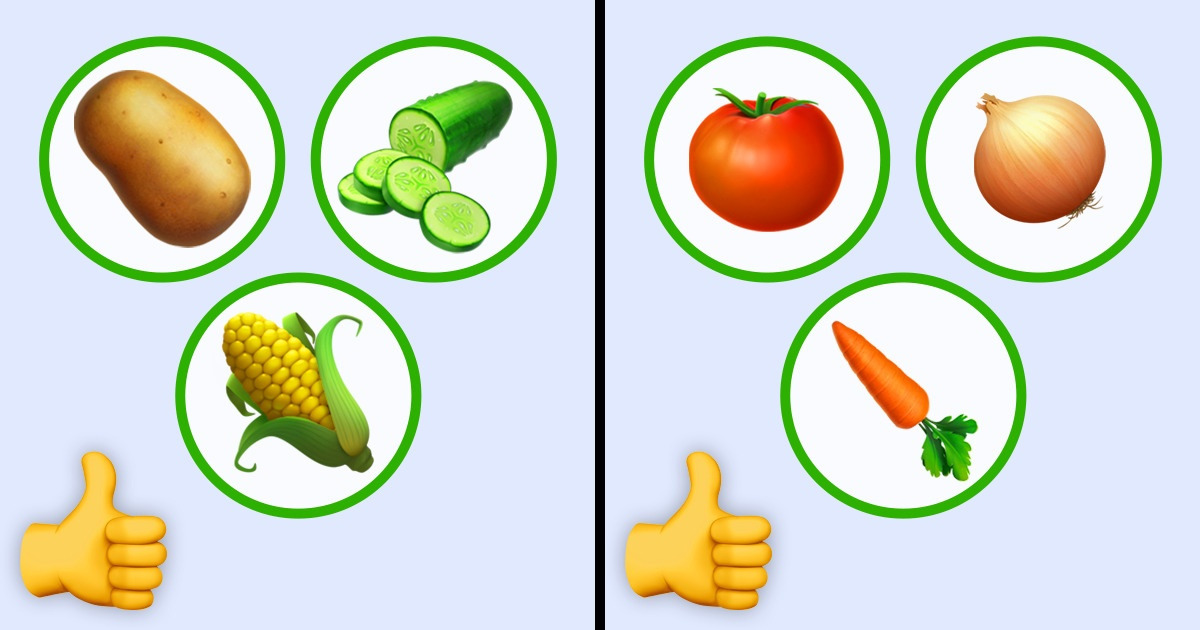
Besides being a great alternative to products bought in a supermarket, growing vegetables at home is a healthy and joyful activity. However, if you are a newbie, it is quite normal to feel uncertain about where to start. No need to worry, 5-Minute Crafts has done the job of providing the key instructions for beginners.
What veggies to start with
Despite your preferences, the vegetables you should pick to start growing should be low-maintenance crops that present minimal risk of potential issues with diseases and pests but that also bring a quick harvest.
For this reason, the optimal crops would be courgettes, beetroot, radishes, potatoes, and chilies, among others.
⚠️ Avoid growing high-maintenance veggies, like celery, eggplant, cauliflower, carrot, onion, sweet potato, or artichoke.
How to start growing
If you follow these step-by-step instructions, growing veggies at home will be much easier:
- Pick a sunny spot with some shelter.
- Prepare the soil. That means you need to remove weeds from the soil and add well-rotted compost. Use a rake for leveling.
- Do not grow vegetables you haven’t got enough space for. Make sure you keep a distance between plants and prick out if needed. The seed packet includes suggestions on spacing.
- Use physical barriers to deter slugs and snails. Copper tape is a good option here.
- Keep in mind that vulnerable plants are better started off indoors and then replanted outside when they get bigger. This can be said of courgettes and lettuce leaves, for example.
- Water your veggies regularly and prevent them from flopping over by staking them.
Take a look at several veggies that are perfect to opt for when it comes to beginner gardeners.
1. Bush tomatoes
The easiest type of tomato to grow is the bush tomato. It is versatile in terms of placement, as it grows well in a pot, in a hanging basket, outdoors, or in a greenhouse. Another advantage is that they don’t require supporting or pricking out.
2. Chilli, or “cayenne”
Just like bush tomatoes, chilies are rather flexible when it comes to growing requirements. You can grow them indoors — in a container on a window sill — or outside in a warm and sunny spot. However, the growing conditions are a crucial factor here, as the hotter the spot is, the hotter your chili will turn out.
3. Lettuce leaves
You can sow different varieties of lettuce leaves together in pots and harvest them consistently. The plants do not require a long period of attention to grow, you can pick the leaves just 6 weeks after sowing. The more frequently you sow, the more regularly you will be able to pick the leaves over time. Just remember to harvest a little and often, as this will stimulate the plant to crop for longer.
4. Courgette
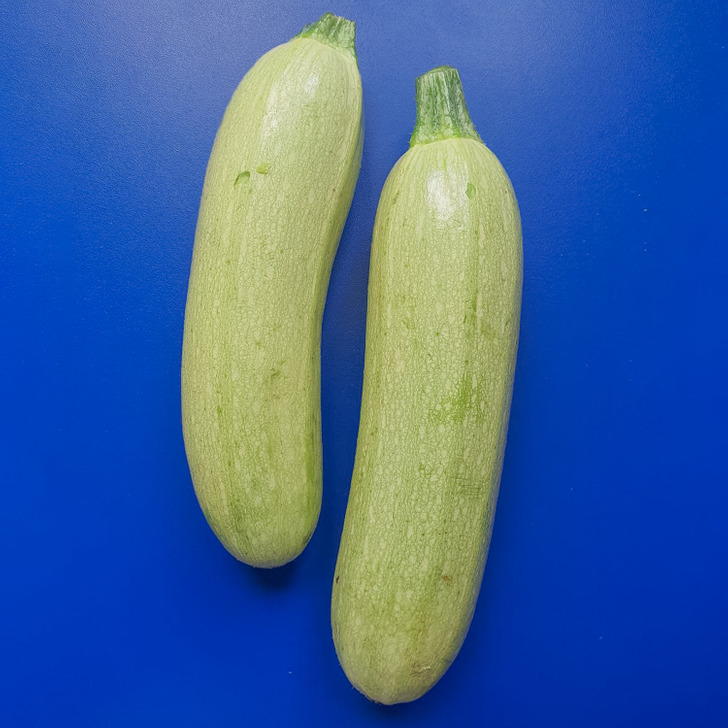
The best advice for those interested in growing their own courgettes is to do it in fertile soil and water the plant regularly. This veggie can produce an abundant harvest, but keep in mind that you should pick the courgettes when they reach the length of 10 cm at most. A recommended variety is the “Defender” F1, due to its resistance to the cucumber mosaic virus.
5. Potatoes
The veggie that is widely popular and easy to grow is certainly the potato. You just need to plant them in the ground or in a bag with old compost. When the leaves appear, cover them with soil. If you plant them at the beginning of April, you will be able to harvest them in July and avoid the period of potato blight threat.
Bonus tip: companion planting
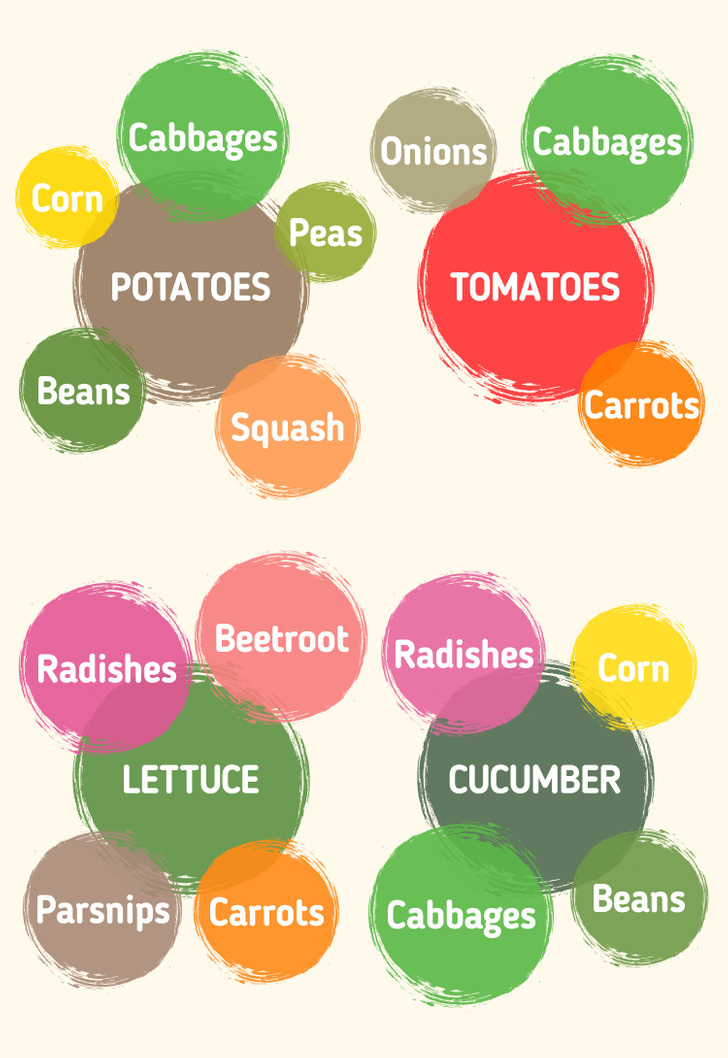
A method called “companion planting” means growing different plants together for mutual sake. This practice offers a variety of benefits — it helps deter pests, repel insects, keep predators away, and attract beneficial insects. Moreover, this type of planting can boost the nutrient supply from the soil, provide shade, and even aids in suppressing weeds.
Be sure to take a look at the chart that shows which vegetables we should grow together to make the most of the benefits of “companion planting.”
